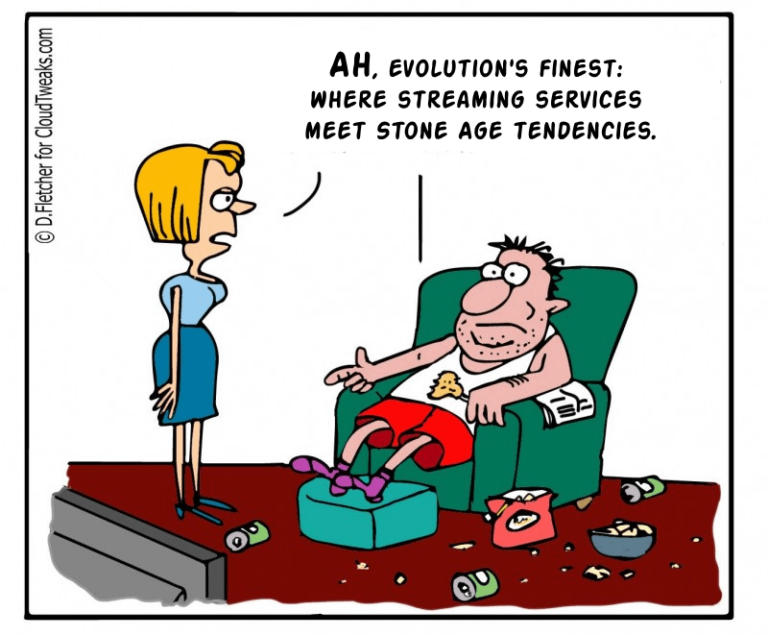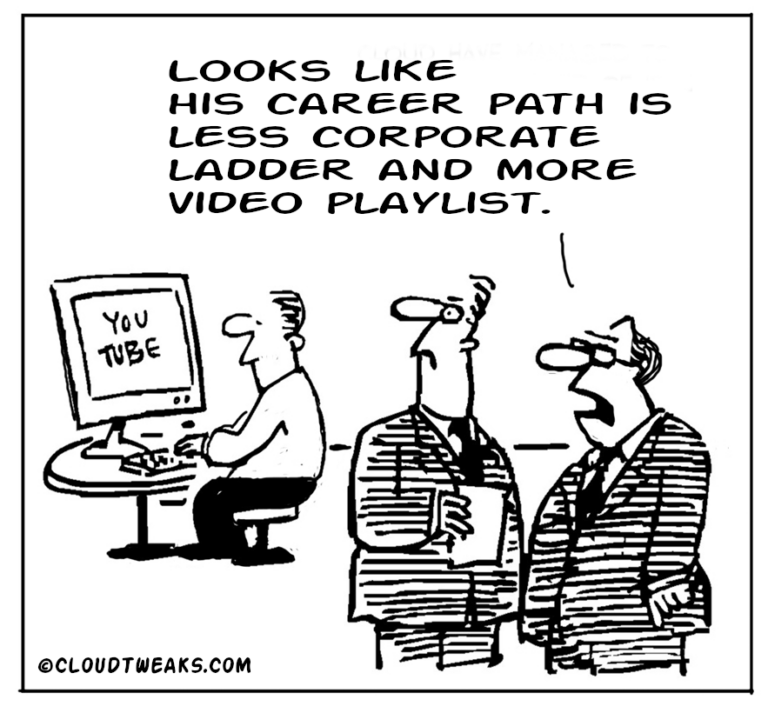
.pp-multiple-authors-boxes-wrapper {display:none;} img {width:100%;}
Hybrid work is here to stay. The Survey of Business Uncertainty, run by the Atlanta Federal Reserve Bank, the University of Chicago and Stanford and which polls 500 US businesses each month, recently found that executives expect the number of hybrid workers in their firms to increase, as well as fully remote workers, between now and 2028.
The immediate disruption caused by the Covid-19 pandemic meant organisations had to improvise. Remote working infrastructure was built; policies drawn up; digital workspaces created. Now that the dust has settled, CIOs and IT decision makers (ITDMs) are able to make more sense of creating a work experience which offers stability and security to the business, as well as collaboration comparative to the office. The result: looking at selecting, deploying, and managing secure and scalable digital workspace software.
It is important at this juncture to clarify the difference between ‘digital workplaces’ and ‘digital workspaces’. A digital workplace, as defined by HP Anyware, is a ‘company’s entire portfolio of applications, devices, facilities, and enabling services that elevate digital dexterity and power new ways of working.’ A digital workspace, by contrast, is ‘dynamic and tailored to the needs of the user… offer[ing] a personalised experience to the individual employee.’
This is an important distinction for ITDMs to understand. Why? Because digital workspaces are subsets of digital workplaces and, crucially, are multi-faceted, and come in different shapes and sizes.
It is this malleability which can give ITDMs headaches when outlining and implementing a strategy. Many end up not bothering. The Digital Workspace Ecosystem Alliance (DWEA) found earlier in 2023 that of the more than 2,500 digital workspace professionals surveyed, only just over a third (36.9%) had developed a digital workspace strategy. The study also affirmed that hybrid and remote work were here to stay for a majority (58%) of organisations, with those looking for their employees to go back to the office full-time ‘lacking a clear path back.’
So what do you need to do in order to build a proper pathway? Stakeholder buy-in is of course important; HR, finance, operations, and the C-suite, but IT should have a significant say as well, particularly when it comes to weighing up the balance between performance and collaboration. Remember too, like any productivity software, not to neglect employee buy-in and behaviour. A shiny new fully implemented solution is no good to anybody if its users are ignoring it – or worse, working around it – and going back to their old behaviours.
The big concern is, naturally, security. As hybrid work proliferates, so does the attack surface for cybercriminals. Mimecast’s 2022 State of Email Security Report found almost three quarters (72%) of respondents saw an increase in email-based threats compared with the year before. As a HP Anyware report puts it: “Securing the connection to the digital workspace is just as important as securing the enterprise data itself.”
Yet according to an HP Teradici survey, 81% of users find relying on VPNs a challenge due to performance issues – so IT needs to come up with another solution to ensure digital workspaces are secure wherever and whenever employees access them.
Enter HP Anyware, which aims to create a seamless experience for teams to interact with their digital workspaces from virtually anywhere. The PCoIP (PC over IP) technology, from HP Teradici, helps connect users to secured digital workspaces without a VPN and be able to handle all kinds of workloads.
If you are an IT decision maker, it’s important to get this decision right – and through two whitepapers, Ultimate Guide to Implementing Digital Workspaces and How to Create Secure, Collaborative and Productive Digital Workspaces, you will learn:
- How digital workspaces address hybrid challenges
- How to add different layers of security with digital workspaces
- Seven key KPIs you need to track regularly for digital workspace success
.pp-multiple-authors-boxes-wrapper.box-post-id-99149.pp-multiple-authors-layout-boxed.multiple-authors-target-the-content.box-instance-id-1 .pp-author-boxes-avatar img { width: 80px !important; height: 80px !important; } .pp-multiple-authors-boxes-wrapper.box-post-id-99149.pp-multiple-authors-layout-boxed.multiple-authors-target-the-content.box-instance-id-1 .pp-author-boxes-avatar img { border-radius: 50% !important; } .pp-multiple-authors-boxes-wrapper.box-post-id-99149.pp-multiple-authors-layout-boxed.multiple-authors-target-the-content.box-instance-id-1 .pp-author-boxes-meta a { background-color: #655997 !important; } .pp-multiple-authors-boxes-wrapper.box-post-id-99149.pp-multiple-authors-layout-boxed.multiple-authors-target-the-content.box-instance-id-1 .pp-author-boxes-meta a { color: #ffffff !important; } .pp-multiple-authors-boxes-wrapper.box-post-id-99149.pp-multiple-authors-layout-boxed.multiple-authors-target-the-content.box-instance-id-1 .pp-author-boxes-meta a:hover { color: #ffffff !important; } .pp-multiple-authors-boxes-wrapper.box-post-id-99149.pp-multiple-authors-layout-boxed.multiple-authors-target-the-content.box-instance-id-1 .pp-author-boxes-recent-posts-title { border-bottom-style: dotted !important; } .pp-multiple-authors-boxes-wrapper.box-post-id-99149.pp-multiple-authors-layout-boxed.multiple-authors-target-the-content.box-instance-id-1 .pp-multiple-authors-boxes-li { border-style: solid !important; } .pp-multiple-authors-boxes-wrapper.box-post-id-99149.pp-multiple-authors-layout-boxed.multiple-authors-target-the-content.box-instance-id-1 .pp-multiple-authors-boxes-li { color: #3c434a !important; }






